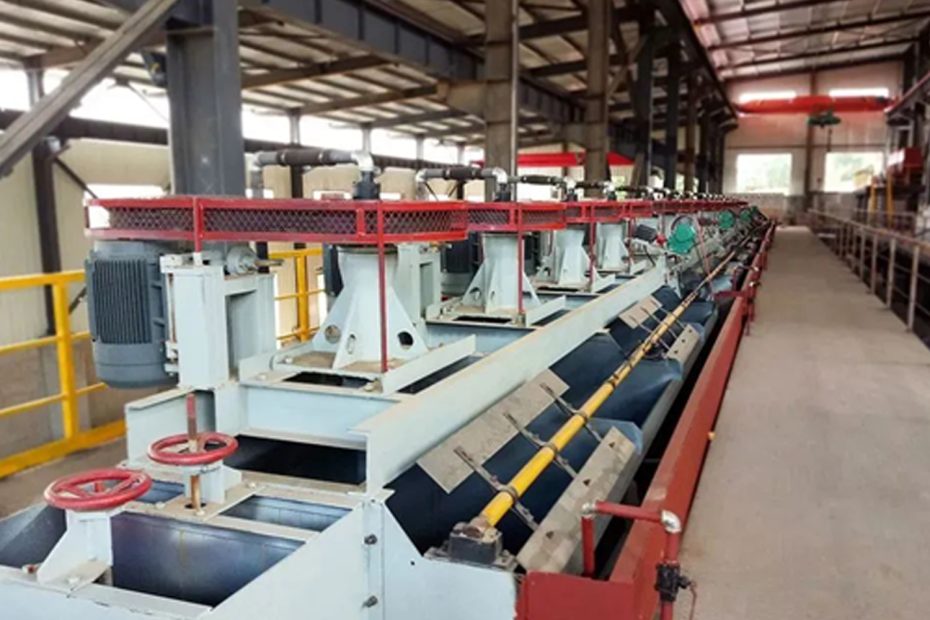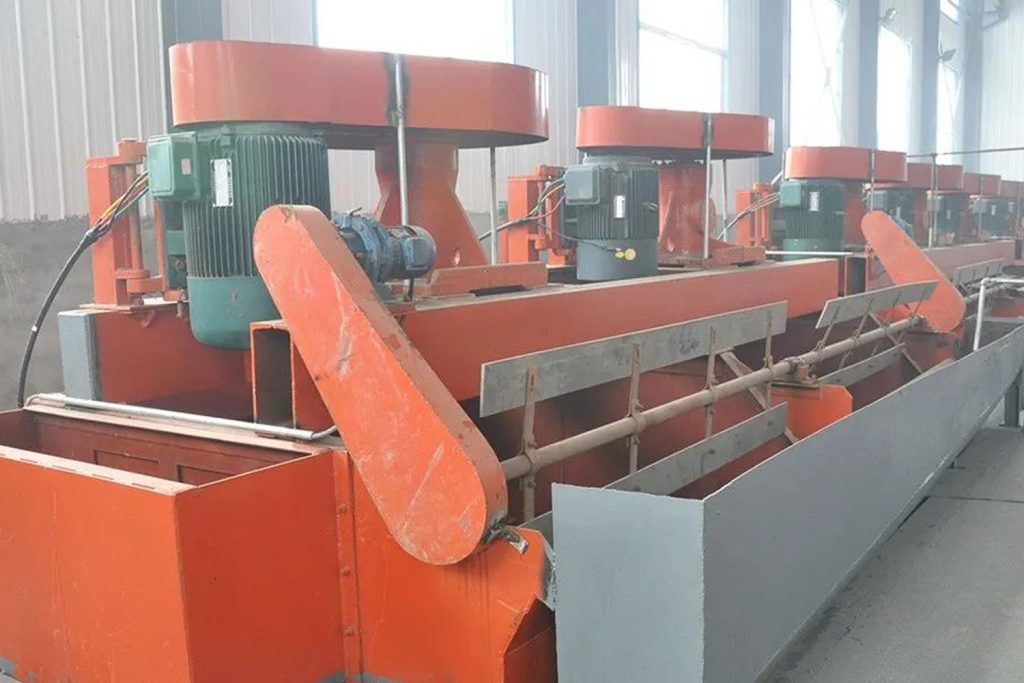Laterite nickel ore is a significant source of nickel, with vast deposits found in various parts of the world. However, the treatment of laterite nickel ore poses unique challenges due to the differences in ore seam characteristics. Understanding these methods is crucial for optimizing nickel extraction, achieving higher yields, and minimizing environmental impacts.
Types of Laterite Nickel Ore Seams
Laterite nickel ore is commonly found in two main seam types, which significantly affect the extraction process:
- Limonite Seam:The limonite seam is characterized by its high moisture content and relatively low nickel content. It often occurs at the top layer of laterite deposits and requires specialized treatment methods to reduce moisture and enhance nickel recovery.
- Saprolite Seam:Saprolite seam, located below the limonite layer, contains higher nickel grades but lower iron content. Its unique mineralogy necessitates distinct processing techniques to maximize nickel extraction efficiency.
Treatment Methods According to Ore Seam Variability
Treatment methods for laterite nickel ore are tailored to the specific characteristics of each seam type. Let’s explore the methods based on the variability of ore seams:
- Limonite Seam Treatment : The treatment of limonite seam involves the following steps:a. Drying and Preheating:Due to its high moisture content, limonite ore requires drying and preheating before further processing. This step reduces the energy consumption during smelting and improves the overall efficiency of the extraction process.b. High-Pressure Acid Leaching (HPAL):HPAL is a widely used method for treating limonite ore. It involves using sulfuric acid under high pressure and temperature conditions to leach nickel and cobalt from the ore. The resulting solution, containing metal ions, is then subjected to solvent extraction and precipitation to recover nickel and cobalt in a concentrated form.
- Saprolite Seam Treatment : Treating saprolite seam typically involves the following processes:a. Atmospheric Acid Leaching:Unlike limonite, saprolite ore does not require preheating before leaching. Atmospheric acid leaching is employed, where the ore is mixed with sulfuric acid and water at atmospheric pressure and moderate temperature. This process dissolves the nickel and cobalt content, leading to a pregnant leach solution.b. Solvent Extraction and Electrowinning (SX-EW):The pregnant leach solution from atmospheric acid leaching is processed using solvent extraction to separate nickel and cobalt from impurities. Electrowinning is then employed to recover nickel and cobalt in their metallic form, ready for further refining.
Comparison of Laterite Nickel Ore Treatment Methods
| Treatment Method | Ore Seam Type | Steps Involved | Advantages |
|---|---|---|---|
| HPAL | Limonite | Drying, Preheating, HPAL | Higher Nickel and Cobalt Recovery |
| Atmospheric Acid Leaching | Saprolite | Atmospheric Acid Leaching, SX-EW | Lower Energy Consumption, Simplicity |
Conclusion
Laterite nickel ore is a valuable source of nickel, but its mineral processing treatment methods vary greatly according to the characteristics of the ore bed. Understanding the differences between limonite and saprolite ore types allows us to employ bespoke Mineral processing treatments to improve extraction efficiency and optimize resource utilization. HPAL is a reliable method of treating limonite ore and offers higher recoveries, while atmospheric acid leaching and SX-EW offer simpler and energy-efficient techniques for saprolite ore.

